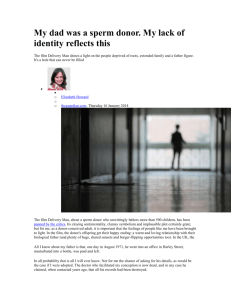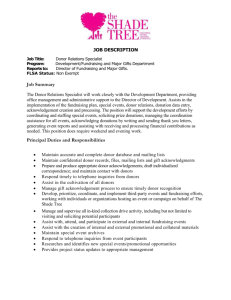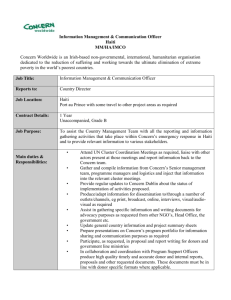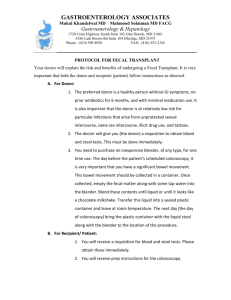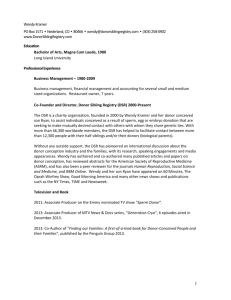Click here to read Ellen`s full book review!
advertisement
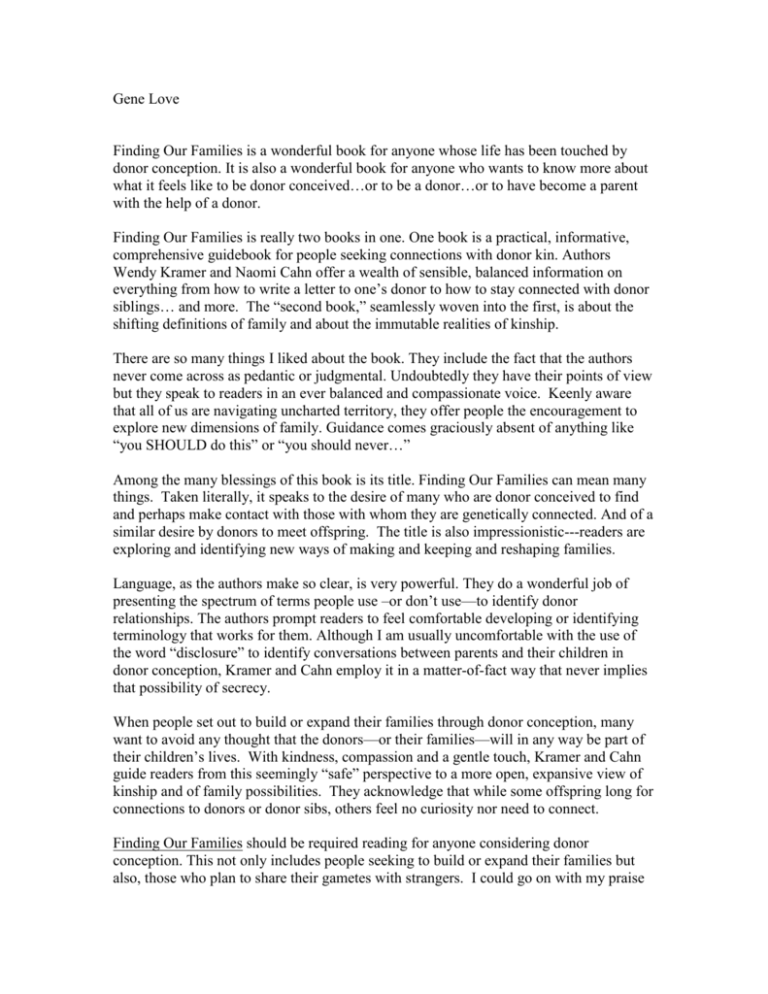
Gene Love Finding Our Families is a wonderful book for anyone whose life has been touched by donor conception. It is also a wonderful book for anyone who wants to know more about what it feels like to be donor conceived…or to be a donor…or to have become a parent with the help of a donor. Finding Our Families is really two books in one. One book is a practical, informative, comprehensive guidebook for people seeking connections with donor kin. Authors Wendy Kramer and Naomi Cahn offer a wealth of sensible, balanced information on everything from how to write a letter to one’s donor to how to stay connected with donor siblings… and more. The “second book,” seamlessly woven into the first, is about the shifting definitions of family and about the immutable realities of kinship. There are so many things I liked about the book. They include the fact that the authors never come across as pedantic or judgmental. Undoubtedly they have their points of view but they speak to readers in an ever balanced and compassionate voice. Keenly aware that all of us are navigating uncharted territory, they offer people the encouragement to explore new dimensions of family. Guidance comes graciously absent of anything like “you SHOULD do this” or “you should never…” Among the many blessings of this book is its title. Finding Our Families can mean many things. Taken literally, it speaks to the desire of many who are donor conceived to find and perhaps make contact with those with whom they are genetically connected. And of a similar desire by donors to meet offspring. The title is also impressionistic---readers are exploring and identifying new ways of making and keeping and reshaping families. Language, as the authors make so clear, is very powerful. They do a wonderful job of presenting the spectrum of terms people use –or don’t use—to identify donor relationships. The authors prompt readers to feel comfortable developing or identifying terminology that works for them. Although I am usually uncomfortable with the use of the word “disclosure” to identify conversations between parents and their children in donor conception, Kramer and Cahn employ it in a matter-of-fact way that never implies that possibility of secrecy. When people set out to build or expand their families through donor conception, many want to avoid any thought that the donors—or their families—will in any way be part of their children’s lives. With kindness, compassion and a gentle touch, Kramer and Cahn guide readers from this seemingly “safe” perspective to a more open, expansive view of kinship and of family possibilities. They acknowledge that while some offspring long for connections to donors or donor sibs, others feel no curiosity nor need to connect. Finding Our Families should be required reading for anyone considering donor conception. This not only includes people seeking to build or expand their families but also, those who plan to share their gametes with strangers. I could go on with my praise of the book but I think the following quote, from a young man who had recently connected with a young woman conceived from the same donor, says it all: “Never having seen, listened to, or touched someone with whom I share a parent, I am experiencing a new strain of gene love for the first time. I believe I have just me my best friend as well. For me it has been healthy, enriching, comforting and stabilizing among many other things.”
